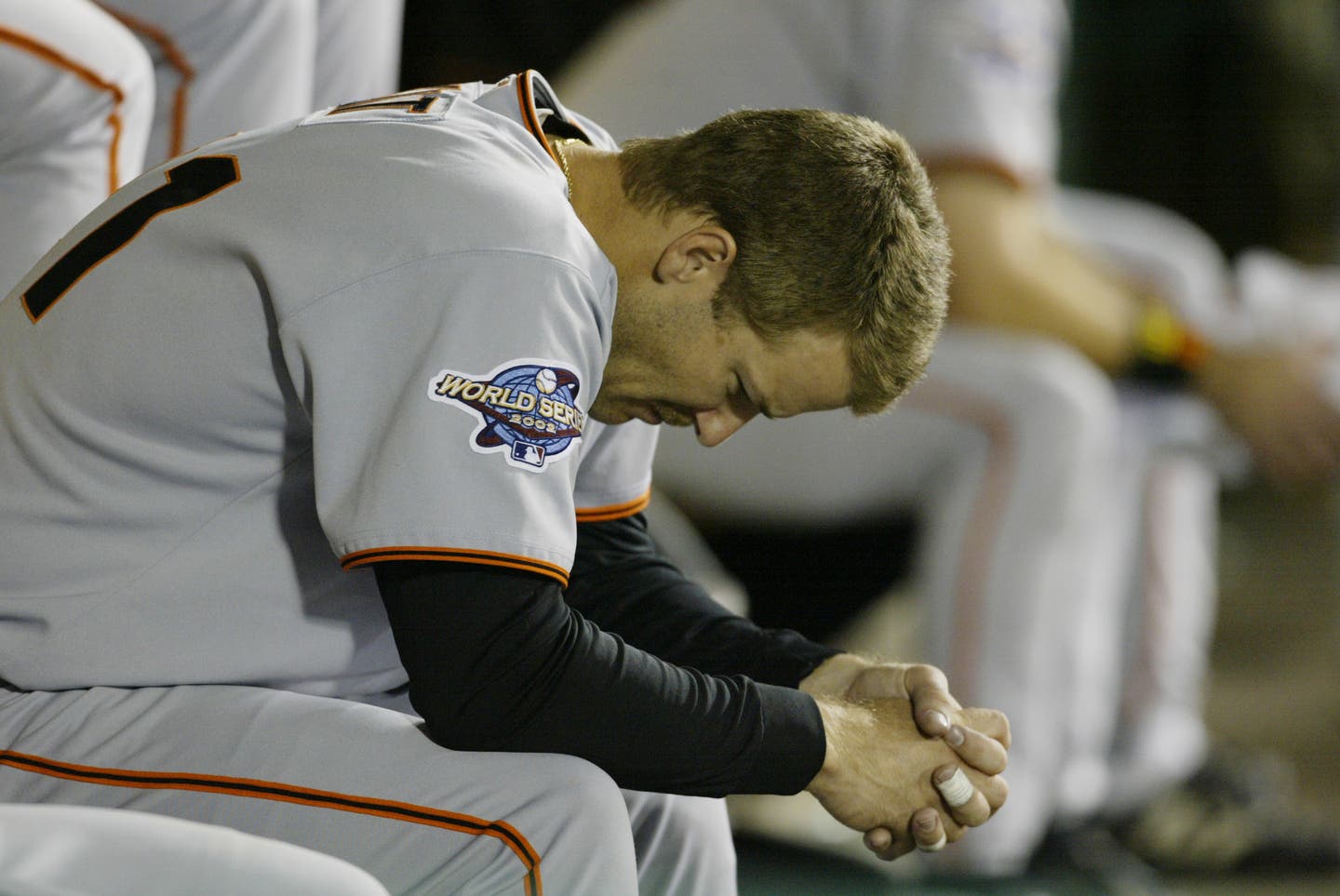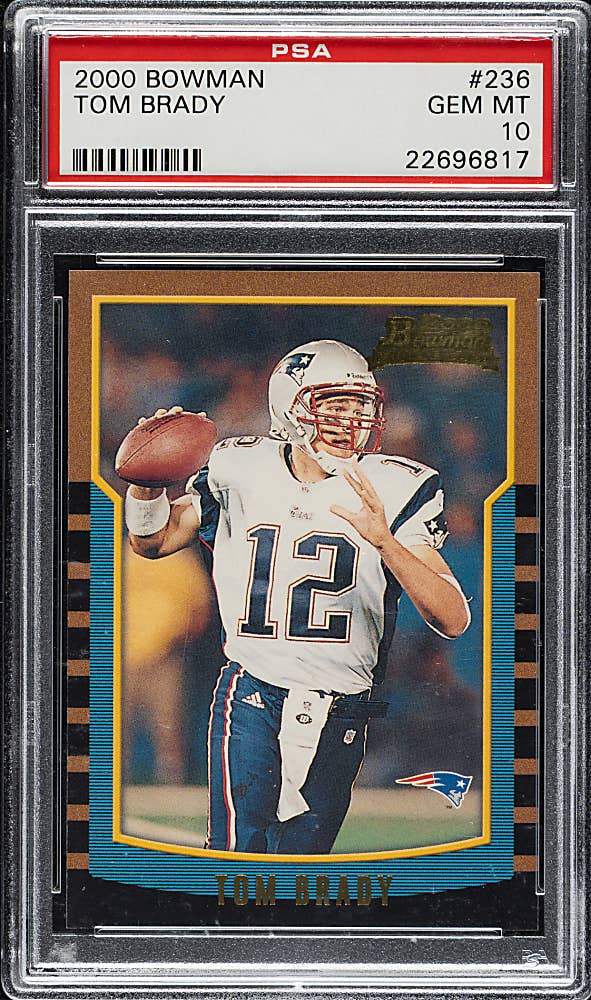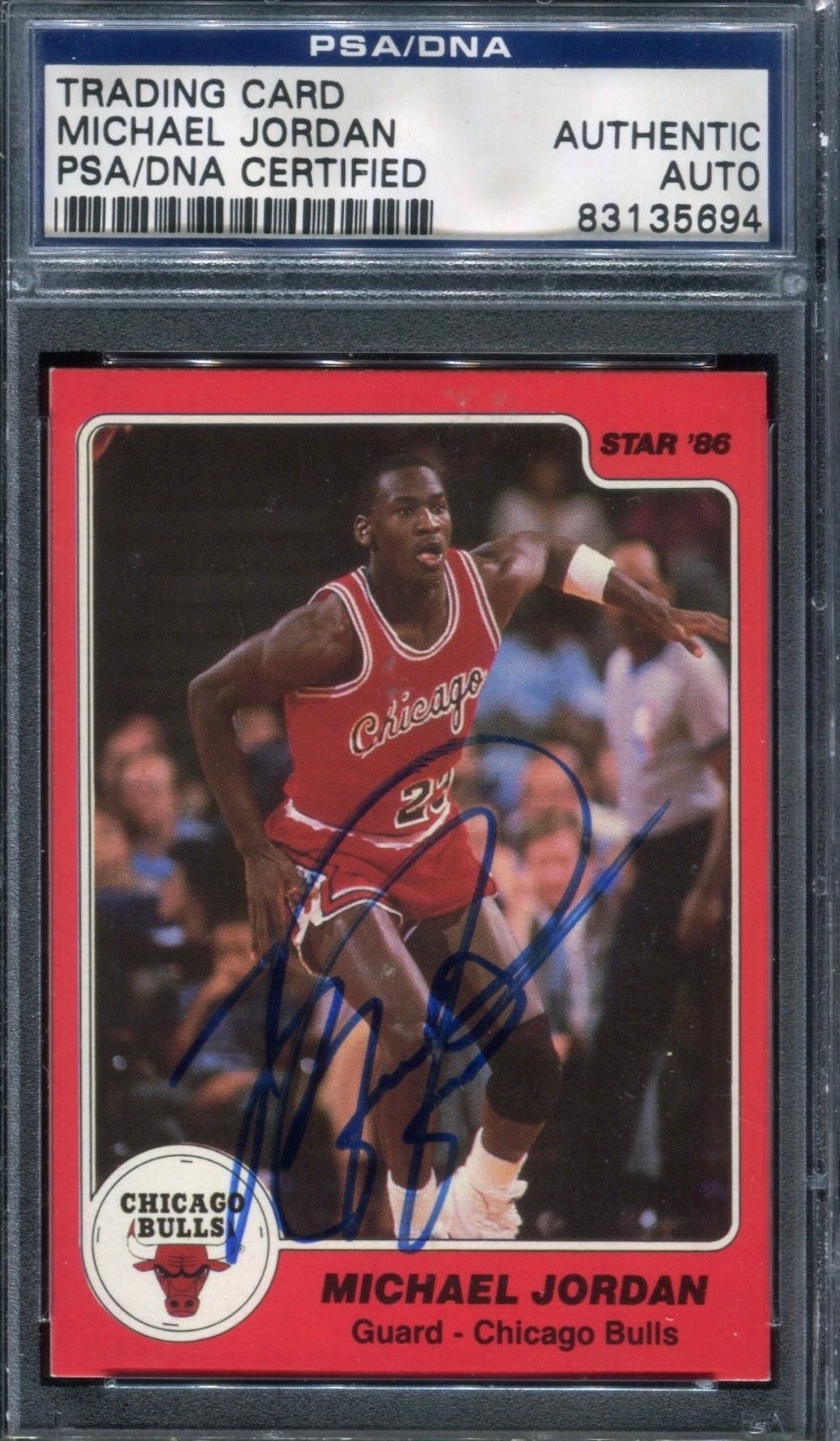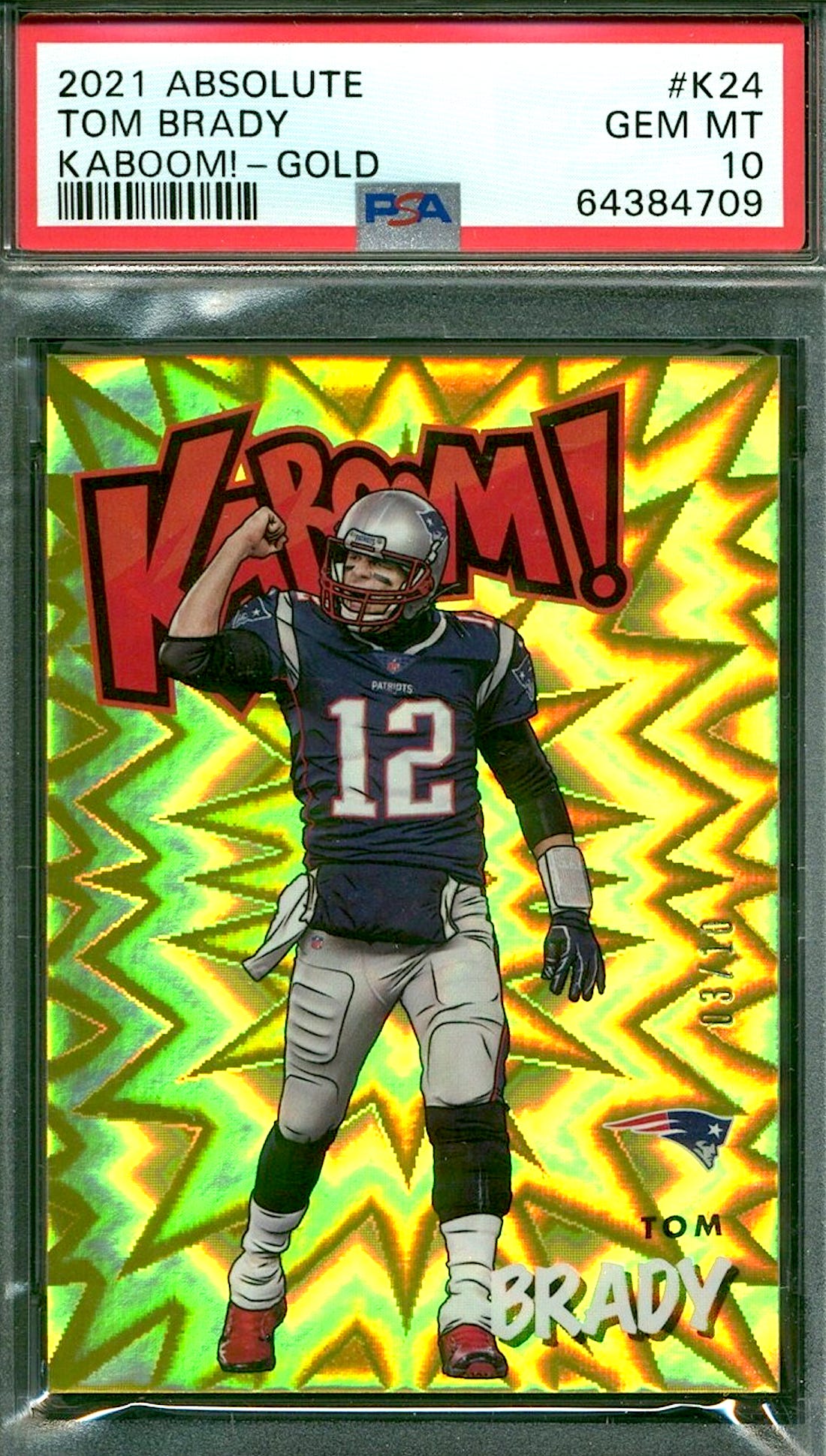Cards
‘Billy The Kid’ saves the day as Wagner gets long-awaited call to Cooperstown
Who better to come through when it’s all on the line than Billy Wagner?
The hard-throwing closer recorded 422 saves in his major league career, so it’s only fitting that Wagner’s election to the Baseball Hall of Fame was a nail-biter as well, keeping fans on the edge of their seats until the final vote was announced on Jan. 21.
Wagner described that day as one of the longest in this life.
“It was like the clock stopped,” he said. “The emotions were running high and I was just trying to keep myself busy and get through the day.”
Finally, around 5:15 in the afternoon, the phone rang and the revered bullpen ace got the news that he’ll be enshrined in Cooperstown.
You Also Might Like:
Perhaps this was Wagner’s biggest save of all, as he made it into the Hall on his 10th and final year of eligibility on the Baseball Writers’ Association of America ballot.
Wagner will be inducted July 27 along with Ichiro, CC Sabathia, Dave Parker, and Dick Allen.
Usually a cool customer, Wagner admitted that he was both nervous and excited as the announcement neared. Last year, he missed getting into the Cooperstown shrine by a mere five votes. A disappointment, no doubt, though the star reliever truly believes that “It’s an honor just to be considered.”
Wagner, known as “Billy the Kid” during his playing days, put together a dominant 16-year major league career (1995–2010), blowing away batters with his fastball. His heater reached triple digits at times (his fastest clocked at 101 mph), and he interspersed it with a slider that mimicked a fastball and a tricky curve as well.
Billy the Kid was an anomaly. He could throw the ball 100 mph when reaching that speed was not commonplace. He was only 5-foot-9 and 185 pounds. Most hurlers who throw as hard as Wagner are much taller—at least 6-foot-2—and weigh 30-plus pounds more than he did. Most of the hitters Wagner fired the ball past were also bigger and couldn’t understand where his power came from. The left-hander used a great deal of lower-body strength, which he built up through the years, combining that with a low release point and a pitching motion that was hard to follow and baffled batters.
But the story gets better. Wagner is the first left-handed closer ever elected to Cooperstown. Oddly, however, he is a natural righty. He still does almost everything right-handed, except throwing.
The now–53-year-old hurler broke his right arm twice before he reached the age of 8—once while playing football and another time when he fell off a set of monkey bars. Wagner wanted to stay active and play with the other kids, “so, I just started using my left arm,” noting how resilient kids are.
At that point, he realized that he could throw harder left-handed than right-handed, so he started throwing everything he could—baseballs, footballs—with his left hand. Unknowingly, a kid who just wanted to play ball with his friends built up strength in an arm that would get him all the way to the major leagues and a career in sports he could never have imagined.
The seven-time All-Star hails from Marion, Va., a small town in the Appalachian region. Wagner will be the first to tell you that, where he grew up, the odds of ever realizing a dream of becoming a major league baseball player are slim to none.
He moved to Tannersville, Va. as a teenager and attended Tazewell High School, where he made a name for himself playing football as a quarterback and baseball as well. He credits throwing a football with helping him develop a better grip when throwing a baseball.
While in high school, Wagner favored the pigskin over baseball, though he did put up some impressive numbers on the diamond, including a 7–1 record and a 1.52 ERA in his senior year. But no major league scouts came calling.
He decided to attend Ferrum College, a small NCAA Division III school in Virginia, intent on playing both football and baseball. But at Ferrum, coaches convinced the up-and-coming pitcher to concentrate solely on baseball, where there was still a chance for him to attract major league scouts. That proved to be sage advice.
He took Division III baseball by storm, compiling a 17–3 record with a 1.63 ERA during his three-year career as a starting pitcher (1991–1993). He set the Division III single-season record for strikeouts per nine innings at 19.1, with 109 Ks in 51.1 innings in his sophomore year. That record that still stands and his explosive fastball was finally starting to pique the interest of major league scouts. An added plus for scouts—Wagner was a lefty.
HOUSTON BOUND
After his junior year at Ferrum, Wagner was drafted in the first round of the 1993 MLB Draft by the Houston Astros. He played three seasons in the Astros’ minor league system as a starter and had just completed the season with the Triple-A Tucson Toros of the Pacific Coast League when he was promoted to the big leagues on Sept. 12, 1995.
The call-up was literally for “a cup of coffee,” as they say, since he only pitched against one batter for the remainder of the Astros’ season that year. At the start of the 1996 season, it was back to the Toros for Wagner, but not for long.
In June 1996, the Astros were looking for some lively arms. However, the job openings weren’t for starters, but rather for bullpen help. Wagner, who had never pitched in relief in the pros, didn’t mind.
“I would have done anything to be in the big leagues,” he said. “Two of our relievers had gotten hurt and the team threw me right into the fire. Being young and naive, just wanting to play, I didn’t care. In fact, I was excited about it.”
As it turned out, being a relief pitcher—and, eventually, a closer—suited his talents perfectly.
“I loved being in the bullpen because I could pitch every day,” the new Hall of Famer noted. “It was a way to stay in the game. Being a closer you have to be ready every day for any situation. I loved that. As a starter, you only play every four days and, on the major league level, I’d go stir-crazy if I had to sit around and wait to play every fourth day. So being a reliever was a blessing for me.”
Wagner got nine saves for the Astros in the 1996 season and struck out 67 batters in 51.2 innings. Opposing hitters only managed a .165 batting average against him and that 1996 season proved to be a good indicator of what was to come for Houston with Wagner.
In his first full season with Houston in 1997, Wagner collected 23 saves and struck out 106 batters in 66.1 innings. When the closer notched 30 saves in 1998 it marked the first of nine seasons for him with 30 or more saves. In his stellar 2003 season, he compiled 44 saves for the Astros, the team whose insignia will grace the cap on his Hall of Fame plaque.
After nine seasons with Houston, which included winning the 1999 National League Rolaids Relief Man of the Year, Wagner was traded to the Philadelphia Phillies for the 2004 season. Nagging injuries hindered his 2004 season, but he still managed to save 21 games. A healthy Wagner returned to the Phillies in 2005 and recorded 38 saves.
Following the 2005 season, the ace became a free agent and signed with the New York Mets, where he saved 101 games over three seasons, picking up 40 in 2006. But in September 2008, he needed Tommy John surgery.
He returned to the Mets in August 2009 for a couple of games before being picked up on waivers by the Boston Red Sox for the rest of the 2009 season, where he continued his comeback.
In 2010, Wagner signed with the Atlanta Braves. He had one of the best seasons of his career with Atlanta, the team he rooted for as a youngster. He had a 1.43 ERA with 37 saves and 104 strikeouts in 69.1 innings, giving him 422 saves for his career.
FAMILY MAN
Billy the Kid retired at the end of the 2010 season, though he realized he had plenty left in the tank. He finished his career with 1,196 Ks, including four seasons with 100 or more strikeouts. Striking out 100 batters in a season is a rarity for closers (fellow Hall of Famer Mariano Rivera only had one 100-strikeout season) because they only pitch one inning or so per game. In addition, opposing batters only hit .187 against him during his entire career.
Wagner retired because he wanted to spend more time with his family—and he meant it. The famed reliever and his wife Sarah have four children. Those youngsters were in high school and middle school at the time, and Wagner didn’t want to miss any important moments in their lives, he recalled.
Family is very important to Wagner and he credits his wife Sarah for helping him get to the Hall of Fame.
“She pretty much threw every pitch with me,” the hurler said emotionally. The pair met in college and Wagner pointed out, “She rode the bus the whole way. From college, through the minors and the big leagues. In the good times and rough ones, she was there.”
Wagner wants his election to the Hall of Fame to serve as an example for youngsters “that anything is possible.”
“I share this with the community [Tannersville, Va.], because so many people here helped me, and the community gave me so much. It’s really a tribute to them and that’s why getting in the Hall of Fame was so important.”
WAGNER ROOKIES
1994 Topps
1994 Bowman’s Best
1994 SP Foil
1994 Fleer Excel League Leaders
1994 Upper Deck Collectors Choice







